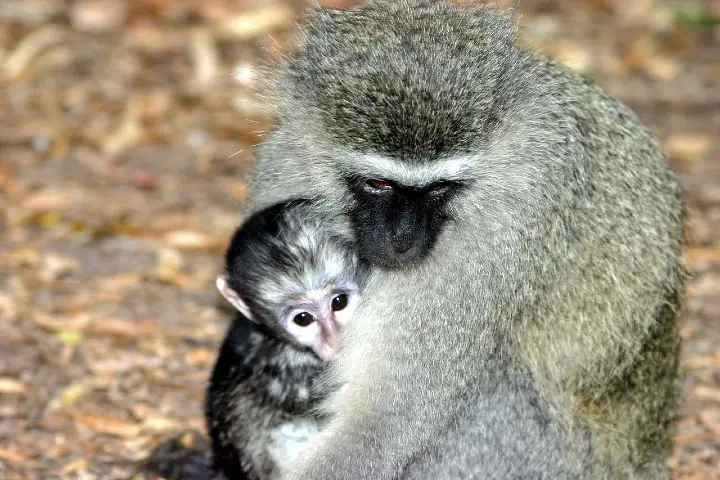A decision by the Government of Sint Maarten, a country on the southern part of a Caribbean Island and part of the Kingdom of the Netherlands, has triggered an outrage among the wildlife enthusiasts.
As per a report in theguardian.com, the authorities have decided to kill all the vervet monkeys present in their territory as these invasive species are creating problems for its populace. Nature Foundation St Maarten, a non-governmental organisation has been asked to snare 450 of these primates and euthanise them in the next three years.
Native of eastern and southern Africa, these monkeys have grey brown bodies and their black faces are bordered with white fur. They are also found in Nevis and St Kitts islands and reached the Caribbean in 17th Century when European settlers brought them as exotic pets.
Justifying their culling, Leslie Hickerson, Foundation’s Manager said: “When a species establishes a population in an area that it isn’t native to there are often no predators to keep the population size under control. Species management is an important aspect of keeping the island healthy for those who come after us.”
In 2020 the Foundation’s study had stated that there were 450 vervet monkeys on the Dutch side of the island and now their numbers are expected to have increased. As per the NGO the population will continue to grow and harm the native ecosystem unless they are checked. Among those who have complained are farmers as these creatures were “raiding their crops and destroying their livelihood”, said the Foundation.
However, some suggested management of the environment and sterilisation are better options. Dave Du Toit, Founder of South Africa’s Vervet Monkey Foundation observed: “I think a better approach and more publicly acceptable would be to vasectomise the males and sterilise the females.”
VMF takes care of orphaned and injured vervet monkeys while making people aware about them in order to prevent conflict between them and humans. He feels studying about the availability of food for these creatures could allow a more harmonious existence between people and the animals.
Elaborating on it he said: “Where, how and what food sources are disposed of that attract the monkeys needs to be addressed [and] what natural areas can be utilised by wildlife without interference.”
The Nature Foundation in its research suggested two options for managing these creatures. One was sterilisation and the other was population management programme. As per Hickerson: “The funding received to execute the project was the minimum requested in order to start managing the population.” For the programme, materials and equipment have been purchased and training undertaken.
Making a pertinent point, Hickerson said that because of how quickly these monkeys reproduce it “would be best” to relocate or snare the entire island’s monkey population. To ensure this, they plan to meet the concerned authorities from French St Martin also.




















